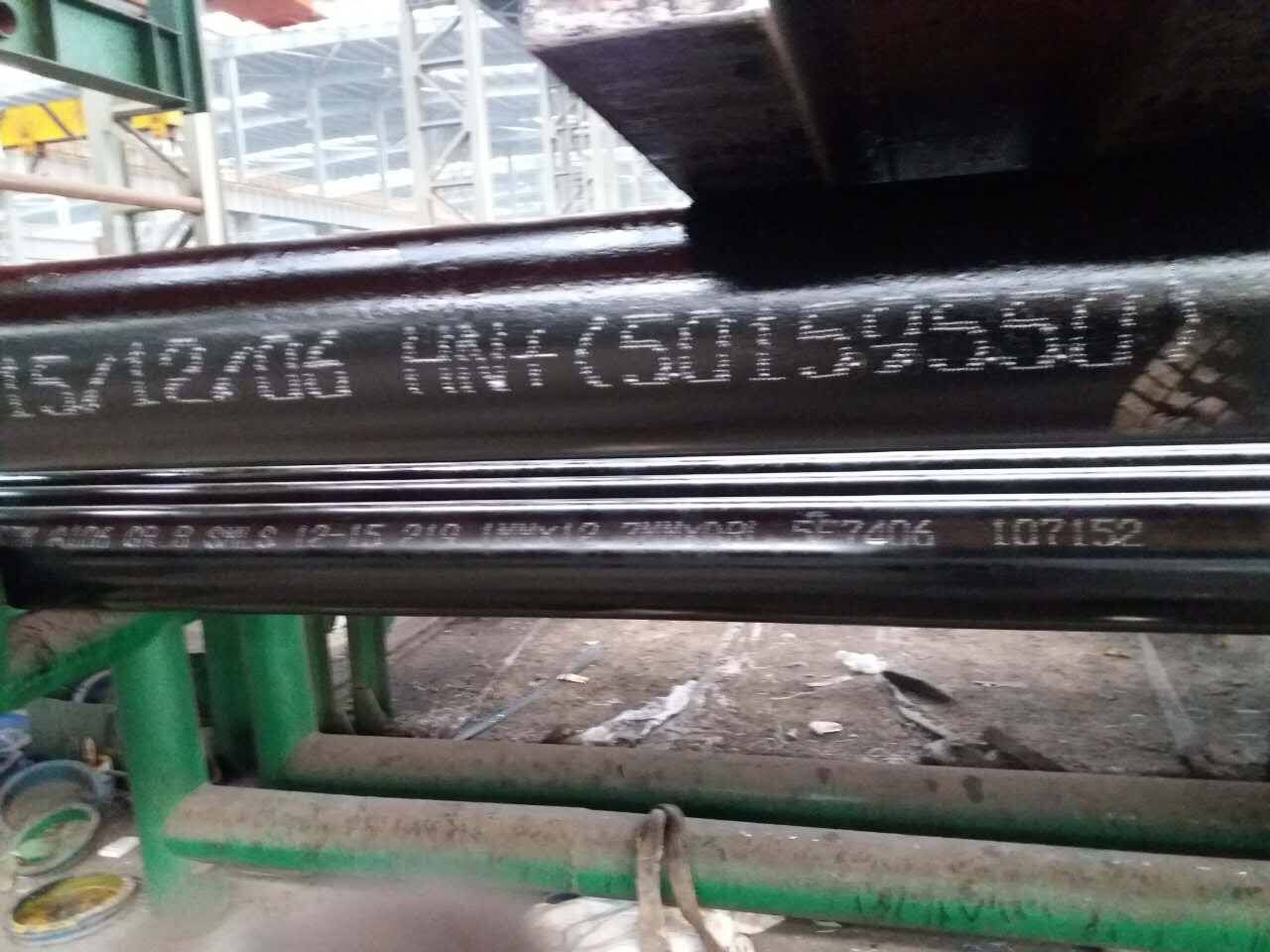Oil casing is an essential component in the oil and gas industry. It provides a protective barrier for the wellbore and allows for the safe extraction of oil and gas. Within the realm of oil casing, there are two commonly used types: C110 and P110. In this article, we will explore the differences between C110 and P110, as well as their relation to other terms like Pipe, Tubing, Well casing, Steel casing, Drilling casing, Production casing, and API casing.
Pipe and tubing are general terms used to describe the hollow tubes that are employed in various applications. Well casing specifically refers to the casing used in oil and gas wells. Steel casing is a type of casing made from steel material. Drilling casing is used during the drilling process to protect the wellbore. Production casing is installed after drilling to facilitate the production of oil and gas.
API (American Petroleum Institute) casing refers to casings that meet the standards set by the API. The C110 and P110 casings are both part of the API casing family.
The main difference between C110 and P110 lies in their mechanical properties. P110 casing is generally stronger and able to withstand higher levels of stress and pressure compared to C110. This makes P110 suitable for more challenging well conditions where higher resistance is required.
When choosing between C110 and P110, several factors need to be considered, such as the depth of the well, the expected pressure and temperature conditions, and the geological characteristics of the reservoir. The selection of the appropriate casing type is crucial to ensure the safety and efficiency of the oil and gas extraction process.
In conclusion, understanding the differences between C110 and P110, as well as their relation to other terms in the oil and gas industry, is essential for making informed decisions regarding well casing selection. Each type of casing has its specific applications and limitations, and proper selection depends on a variety of factors specific to each well.
Post time: Apr-03-2024

